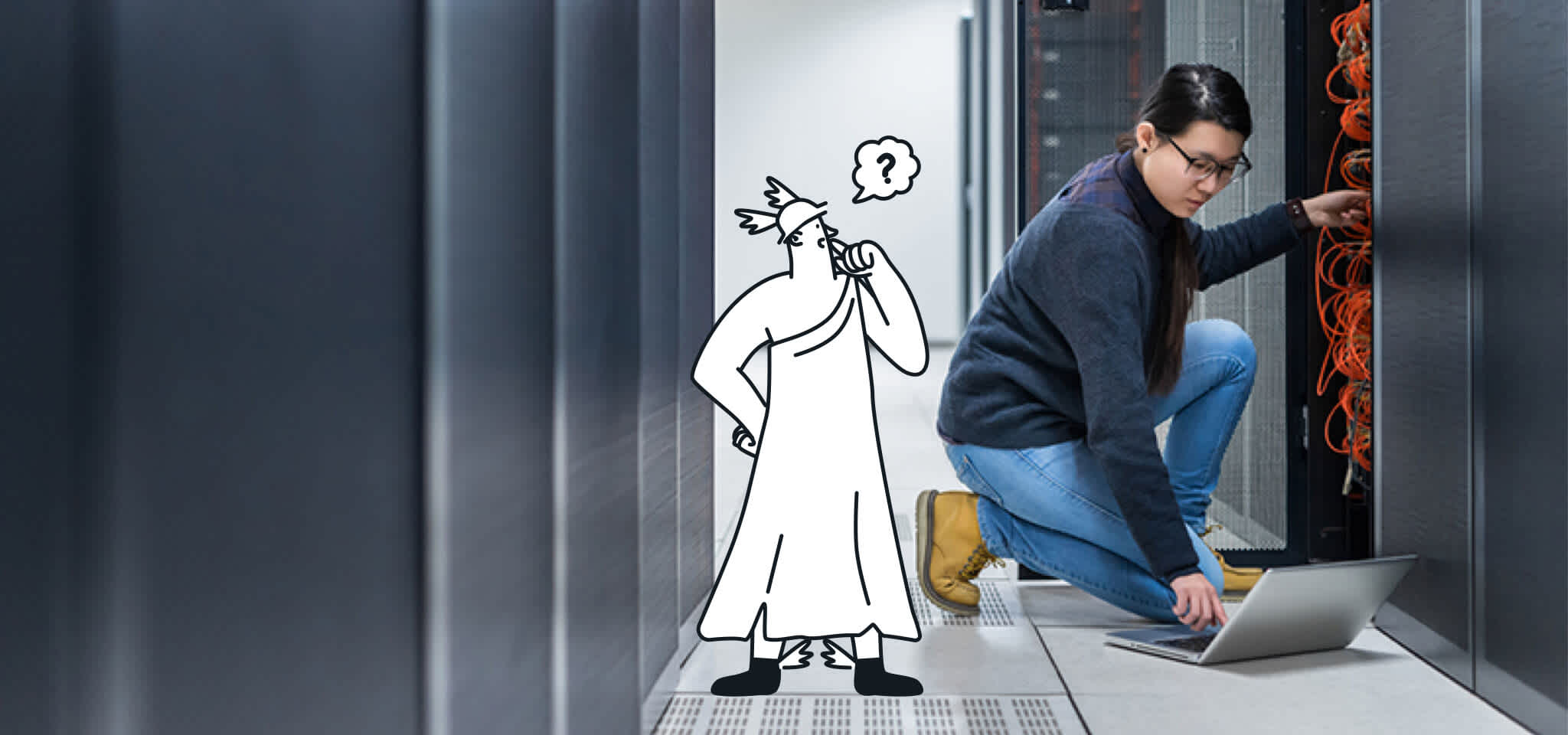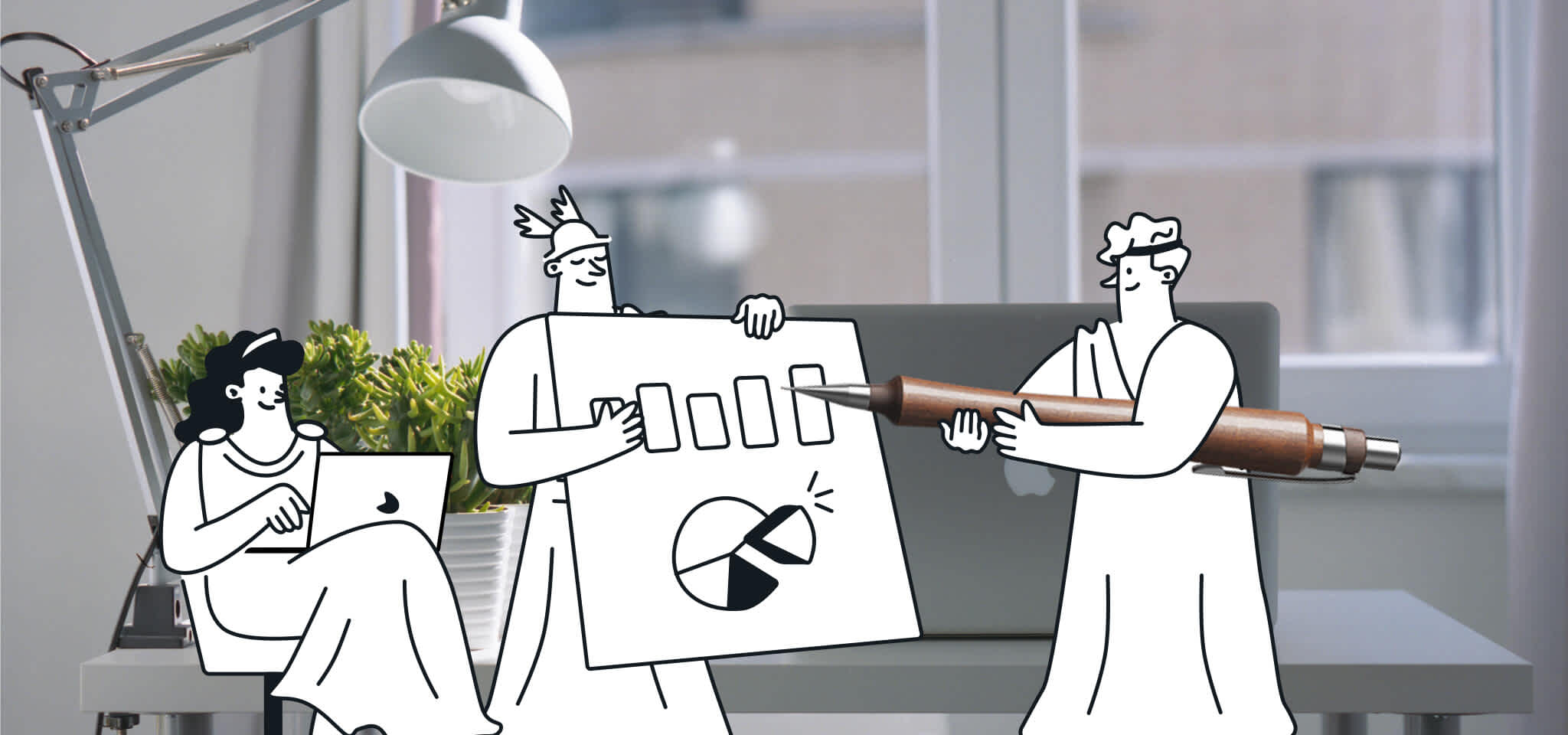Email best practices
10 email marketing event best practices
Learn how to optimize your event email marketing campaigns with tips from top experts.
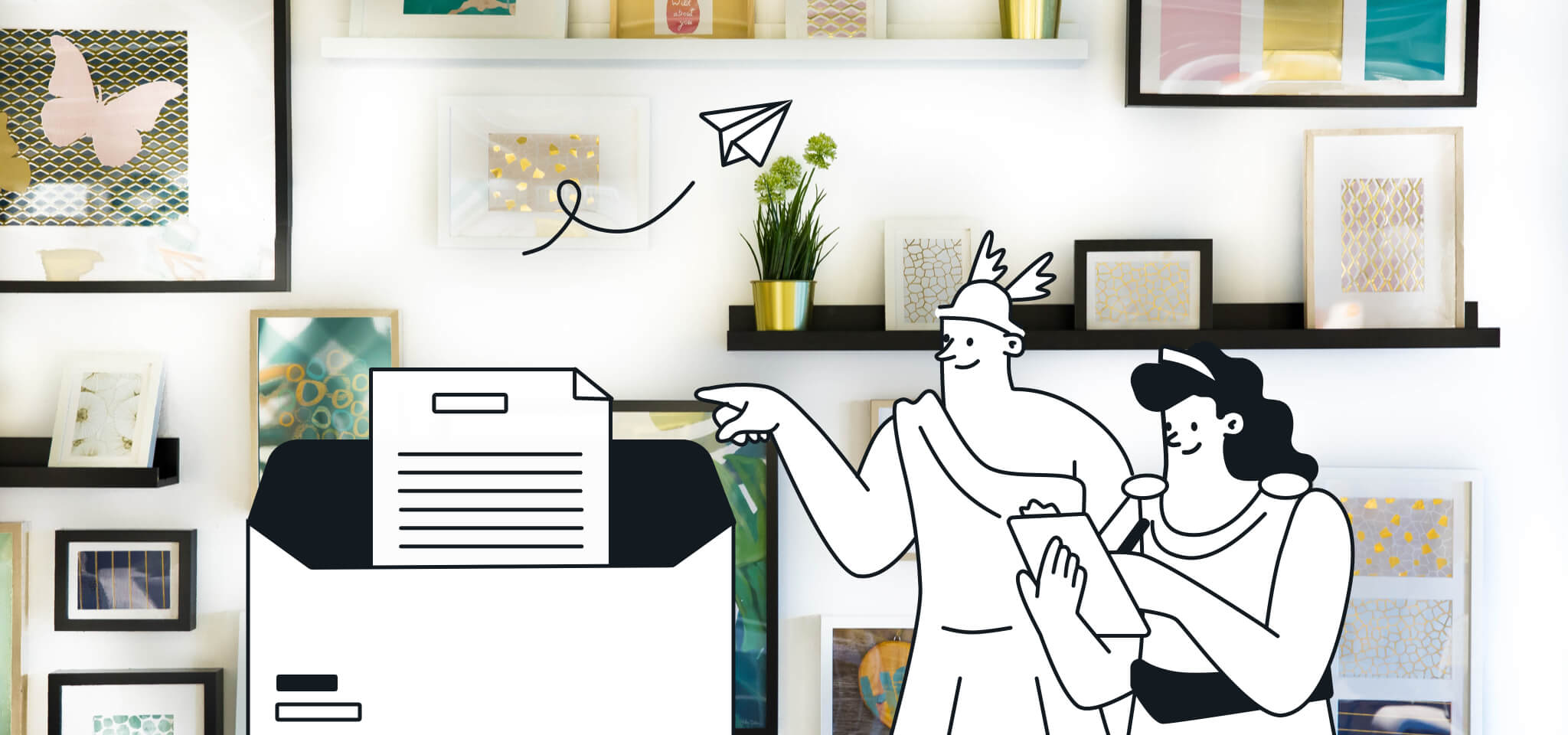
PUBLISHED ON
For event marketers, email is an integral part of their overall strategy. In fact, surveys show that 94% of event teams believe pre-event email marketing to be the most important type of content. Statistics like these prove that email marketing is still alive and very much in use.
The challenge for event marketers is to craft an email strategy that directly addresses their needs and objectives.
One of these key objectives is event registration. This is an essential metric for success because more registrations result in higher revenue, providing a stronger ROI. So, it shouldn’t be surprising that event email marketing campaigns are usually dedicated to boosting event registrations.
Achieving such a task requires a well-designed email with a strong call-to-action (CTA). Regardless of the industry, a good email encourages recipients to take action, whether it’s to purchase a product, sign a petition for a cause, or register for an event. So, with that said, let’s check out some best practices for event email marketing.
Table of content
1. Segment your campaigns
2. Keep a clear message
3. Maintain a clean design
4. Know your audience
5. Create catchy subject lines
6. Try email automation
7. Personalization is key
8. Capitalize FOMO
9. Brand your emails
10. Run a launch campaign
Why use email marketing for events?
If you’re planning an event, it’s imperative to promote it among your target audience. That’s why you should use a channel with a wide reach… like email! According to the 2024 Sinch report, The art and heart of meaningful customer connections, email is still more popular than social media sites or messaging apps, and in the US alone, 92% of online users communicate via email. This means that email marketing is still one of the best ways to inform an increasing number of people about an upcoming event as it increases the likelihood of solid attendance.

Data gathered from Sinch’s The art of meaningful customer connections report
After sending an invitation email even a month prior to the scheduled date, you can send reminder emails every few days, which ensures that your audience won’t forget about the event and make it a point to attend.
With each successive follow-up email, you can communicate enticing details about what makes your event special and why recipients shouldn’t miss out on such a great opportunity. By implementing several email marketing best practices, you can optimize your campaign, increase conversion rates, and ensure your event is at full capacity.
Event email marketing: Best practices and tips for more registrations
We’ve compiled 10 tips and email examples that’ll help you discover how to inform your audience of important dates, times, event names, keynote speakers, influencers attending the event, and other details, along with useful ways to deliver that information.
1. Segment your campaigns
Emails are the most impactful when they specifically relate to the reader. If the message is tailored for the recipient, it’s more likely that they will respond to the message. Effectively segmenting your email marketing data is key to campaign success. There are numerous ways one can segment an email database, and there are specific factors event marketers should always keep in mind. Some of these include:
Job Title
Industry
Geographic region
Ticket type
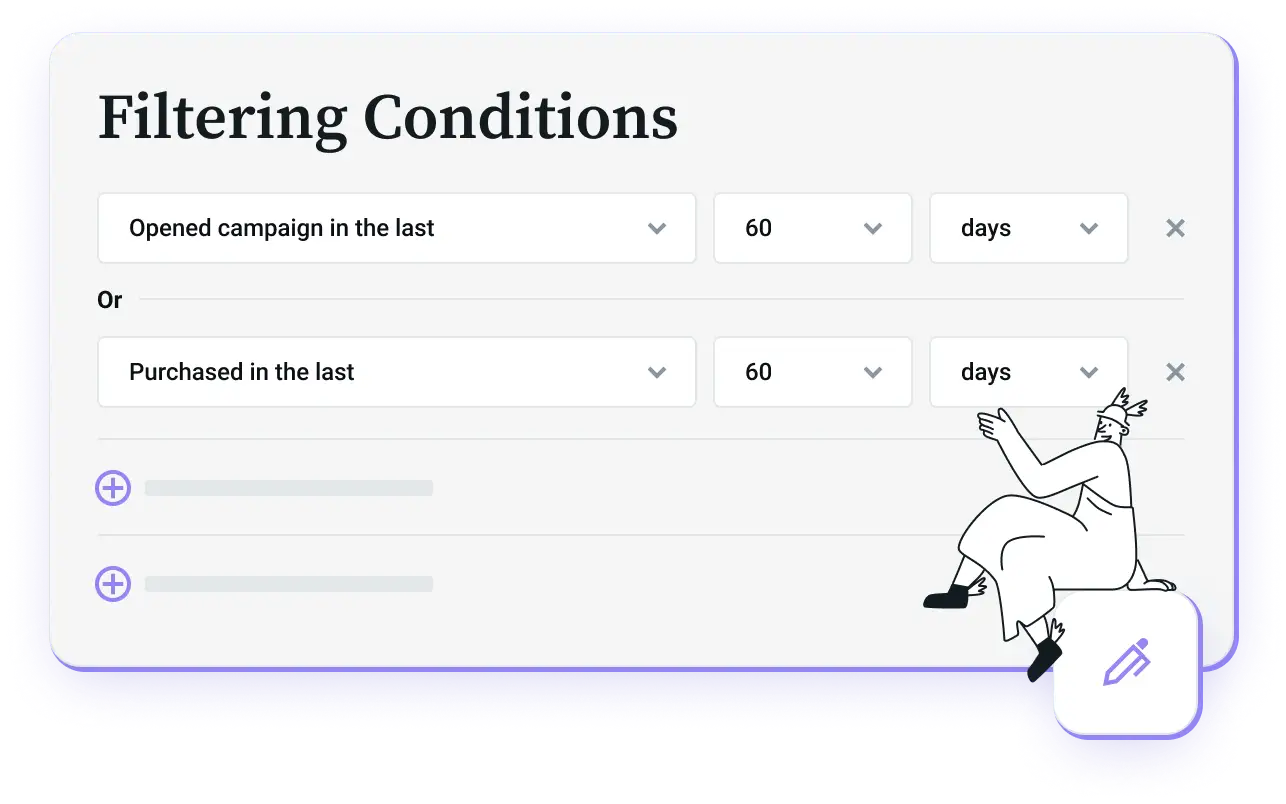
These characteristics should determine the type of message you plan to send out. In fact, the more relevant you make the email content, the higher the engagement will be.
2. Keep a clear message
A common mistake we see in emails is cluttered and lengthy messaging. Given that a person receives more than 100 emails daily on average, it’s vital to send a clear, concise, and memorable message. As soon as the reader opens the email, they should know what it’s about.

In the example above, the Sinch Mailjet team sent out confirmation emails to anyone who registered for the 2024 Email Camp. The message effectively grabs the reader’s attention with a short, to-the-point message. After quickly scanning the email, you not only understand that you’re signup has been confirmed, but also get additional information around the event. The message is clearly conveyed in just three enthusiastic sentences, coupled with eye-catching visuals.
3. Maintain a clean design
An email’s visual language should be easily digestible, simple, and eye-catching. An email fails to do its job if the reader is not immediately attracted to its aesthetic. More often than not, a simple and clean design template is the best way to capture the recipient’s attention.
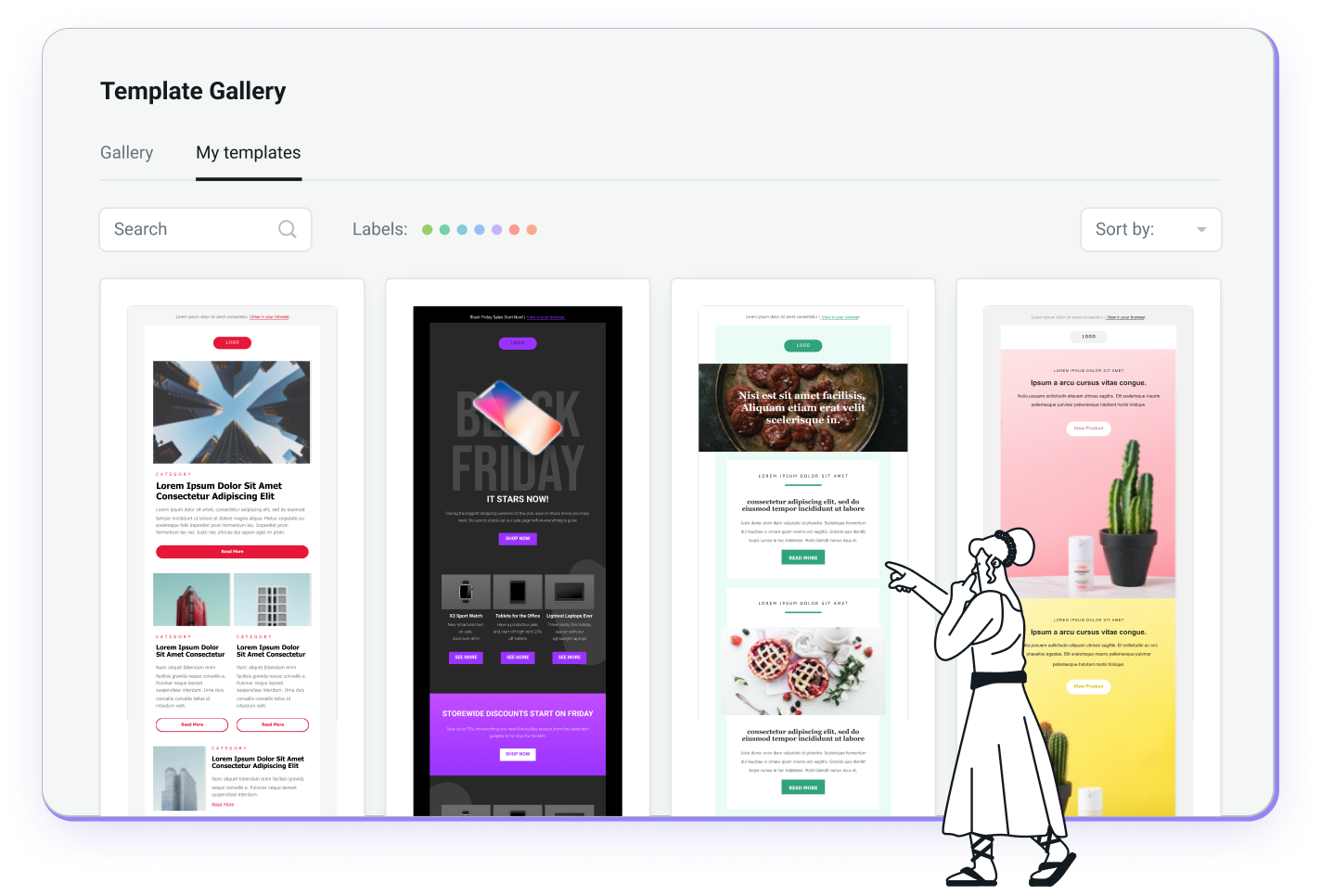
Sinch Mailjet boasts an extensive, fully customizable template gallery
4. Know your audience
Being deeply knowledgeable of your target audience helps create messages that resonate. For example, this event promotion email by Apple for its Apple WWDC virtual event shows that the message is intended not only for a specific person but also for a specific type of person.

The strategy here was to leverage the fact that most email recipients are possibly developers. This short, humorous message is one that developers will immediately understand and appreciate as an inside joke.
Being intimately familiar with your audience and their vantage point can empower you to make bold email strategy decisions like this.
5. Create catchy subject lines
The first thing your reader will see when your email hits their inbox will be the subject line, which is why focus on creating an email subject line that begs to be opened. Writing the perfect subject line isn’t always easy, but we’ve got the following three tips for you to keep in mind while coming up with yours:
Personalization – Use a personalization token in the subject line to grab the reader’s attention. This will help it stand out among other emails that don’t directly address the reader by name. Personalization can come in the form of a first name or even the company name. Depending on the message’s context, apply the token that would make the most sense.
Emoji – According to several studies, subject lines with emojis have a higher open rate than those without emojis. Nowadays, plenty of companies are adopting it as a strategy since it’s proven to be a solid method for standing out in a jam-packed inbox.
Brevity – Keeping a short subject line results in stronger click-through rates. According to a Marketo study, emails with subject lines of 41 characters or seven words had an open rate of 15.2%. Although correlation never equals causation, the relationship between having a short, to-the-point subject line and high open rates is worth noting. Below are a few examples of short subject lines used by top companies.

If you’re stuck for ideas when it comes to writing subject lines, try out Sinch Mailjet’s AI Subject Line Generator for a helping hand
6. Try email automation
By sending automated messages to your email list, you can relay vital event details at just the right moment and help maintain interest as the date approaches. After sending an initial invitation email, you can follow that up with automated reminder emails with personalized information for each recipient.
Automated emails can save you time without the requirement to address and send each message one after the other. With marketing automation, you can harness the power of technology, organizing recipients based on their specific interests, previous actions, and where they are in their brand journey.
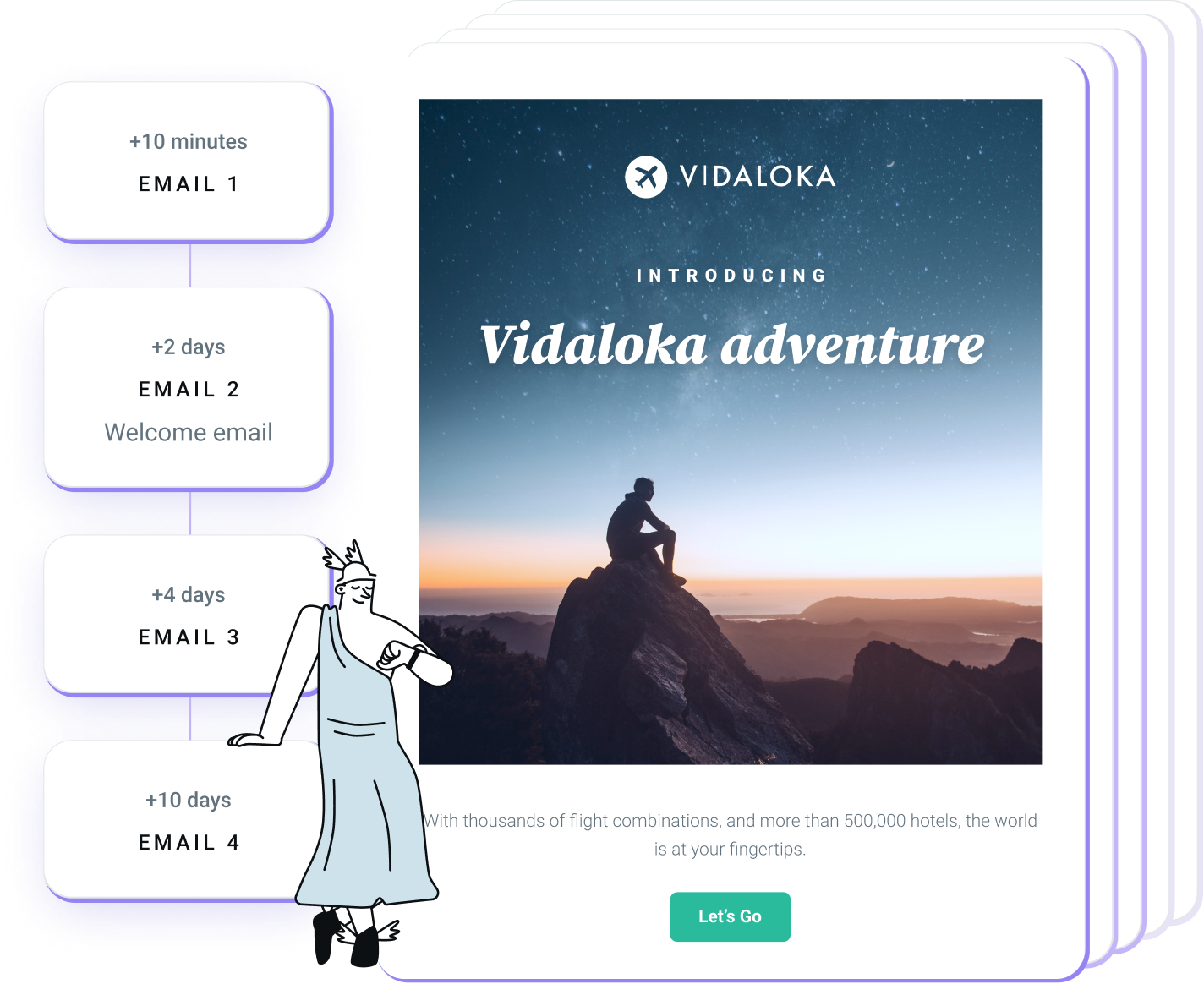
Use Sinch Mailjet’s Email Automation workflows to streamline your communications.
7. Personalization is key
Are you more persuaded by a generic marketing email sent to the masses or one that mentions your name, location, and passions? If you’re like most people, you prefer the latter.
Personalized emails show a greater degree of concern for a subscriber and their particular needs and demonstrate why your event is one they can’t miss. A personalized event invitation that mentions the reader by name feels like a note from a friend, with a helpful and informative tone instead of high-pressure sales tactics.
8. Capitalize FOMO
Another way of driving event attendance is by touching on a recipient’s fear of missing out (FOMO). A FOMO marketing tactic emphasizes that someone may miss out on a special opportunity if they don’t take action, creating a sense of urgency.

Look at the above example for Margarita Madness. It's a classic, tried and tested tactic of informing subscribers of an imminent ticket price rise. You want these tickets at a reduced rate? Fine, but you’ve got buy them now. A marketing email that notes those details and a time-sensitive CTA for ticket sales would create a sense of FOMO.
9. Brand your emails
Branding is an essential element of marketing emails, including advertising events.
You can distinguish your event from the rest by highlighting your brand’s unique qualities and why a particular event reflects those attributes.
Designing your event marketing emails with ample use of brand colors, logos, and language not only creates awareness and loyalty but also helps drive attendance.
10. Run a launch campaign
Long before your event takes place, running a launch campaign provides upcoming event details and creates interest. After the first email, you can slowly release additional pre-event information, which is like an event teaser, increasing anticipation as the day draws closer.
Once your campaign’s been launched, include CTAs to purchase tickets to help it reach capacity. You can also make related social media posts with vivid graphics and designs, commemorating the event’s impending arrival.
Wrapping up
Creating the perfect event email marketing campaign can seem like a challenge, but with these tips, you can craft a campaign that hits all your major goals.
Remember, an event marketer’s core objective is to drive registration. Hopefully, you can mix and match these event email marketing best practices to create a campaign that aligns with your next event’s strategy.




